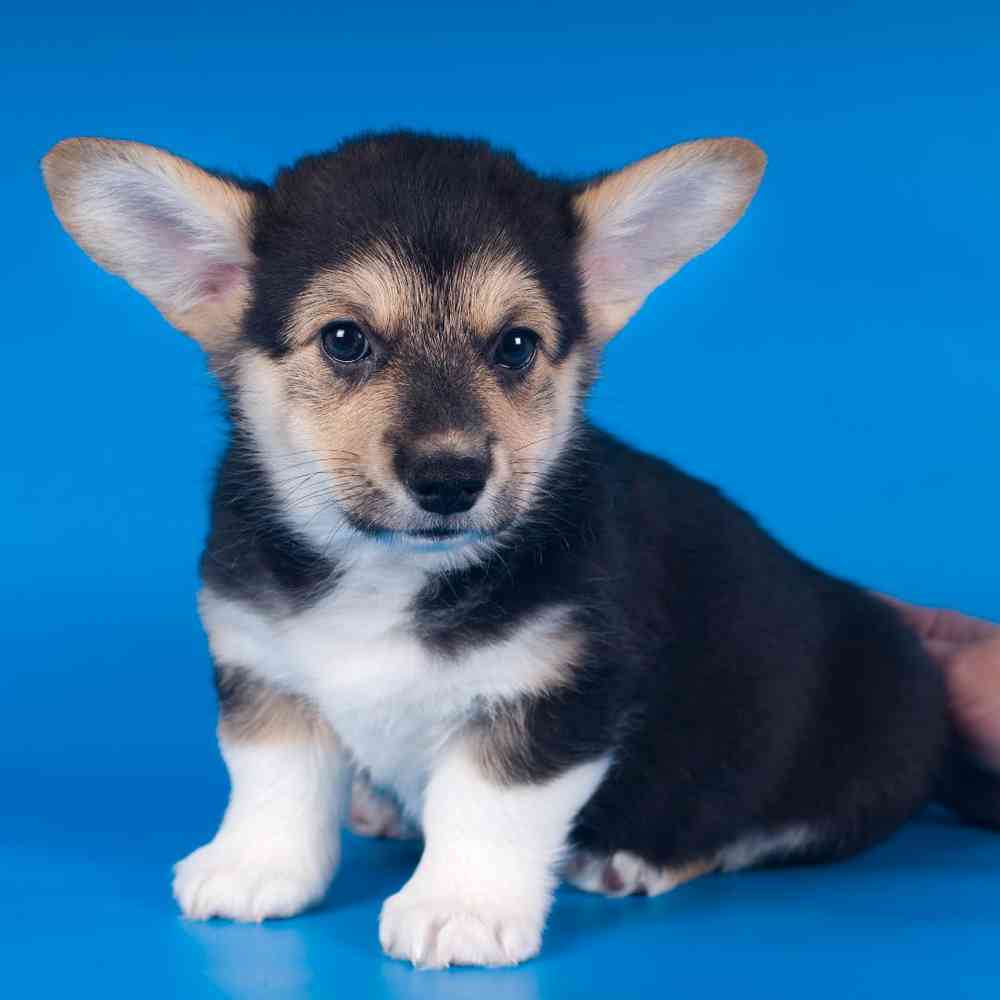Pembroke Welsh Corgi

Among the most agreeable of all small housedogs, the Pembroke Welsh Corgi is a strong, athletic, and lively little herder who is affectionate and companionable without being needy. They are one the world's most popular herding breeds.


Want to know more about Pembroke Welsh Corgi ?
Breed Traits
About
At 10 to 12 inches at the shoulder and 27 to 30 pounds, a well-built male Pembroke presents a big dog in a small package. Short but powerful legs, muscular thighs, and a deep chest equip him for a hard day’s work. Built long and low, Pembrokes are surprisingly quick and agile. They can be red, sable, fawn, and black and tan, with or without white markings. The Pembroke is a bright, sensitive dog who enjoys play with his human family and responds well to training. As herders bred to move cattle, they are fearless and independent. They are vigilant watchdogs, with acute senses and a “big dog” bark. Families who can meet their bold but kindly Pembroke’s need for activity and togetherness will never have a more loyal, loving pet.
History
Standard
Nutrition
Grooming
Exercise
Training
Health
General Appearance
Low-set, strong, sturdily built and active, giving an impression of substance and stamina in a small space. Should not be so low and heavy-boned as to appear coarse or overdone, nor so light-boned as to appear racy. Outlook bold, but kindly. Expression intelligent and interested. Never shy nor vicious. Correct type, including general balance and outline, attractiveness of headpiece, intelligent outlook and correct temperament is of primary importance. Movement is especially important, particularly as viewed from the side. A dog with smooth and free gait has to be reasonably sound and must be highly regarded. A minor fault must never take precedence over the above desired qualities. A dog must be very seriously penalized for the following faults, regardless of whatever desirable qualities the dog may present: oversized or undersized; button, rose or drop ears; overshot or undershot bite; fluffies, whitelies, mismarks or bluies.
Size, Proportion, Substance
Head
Neck, Topline, Body
Forequarters
Hindquarters
Coat
Color
Temperament
Clubs, Registries & Associations
American Canine Association Continental Kennel Club Universal Kennel Club International American Kennel Club United All Breed Registry America's Pet Registry, Inc. United Kennel Club (Based on breed recognition. See store for details on this particular puppy.)
Group
Heritage
Description
Health Awareness
Exercise/Energy Level
Additional Information
All pets have found there homes! Sign up to be notified when new pets are added so you don't miss out.


